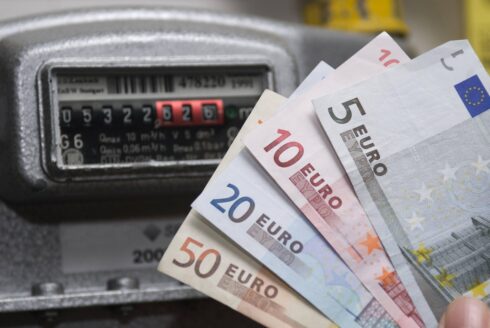Charles Purdy of Smart Currency Exchange offers a brief history of dosh
THE earliest form of currency dates back to ancient Babylonian times around 4,000 BC. Clay tablets were used to represent goods or services being traded, while other tablets represented a receipt of deposit or letters of credit.
The term ‘put it on the slate’ dates back to this time, while the phrase ‘cleaning of slates’, was used when the king of the time would declare all debts null and void.
But around then most people worked on a bartering system. If you were a fisherman you could trade some of your fish in return for some vegetables from a farmer. The problem arose, however, when the farmer didn’t like fish – what was the fisherman to do? He would have to find someone else that wanted his fish in return for something the farmer would be interested in. While the barter system clearly worked, it was eventually deemed slow and inefficient.
It was around 800 BC, that the Greeks developed the first money system that was eventually accepted around the world. Greek money has been found all over Europe and China and India.
Even as Greece declined and Rome came to power, the value of the Greek currency held its ground.
“After years of reducing the gold and silver content, the currency eventually became valueless”
The Romans based their own money, called the denarius, on the drachma. In an effort to expand from the Greek monetary system, the Romans created a gold coin for the army and emperors, a silver coin for international tradespeople and a copper coin for poor people.
Eventually, however, the Roman currency system began to crumble. After years of reducing the gold and silver content, the currency eventually became valueless and in 215 AD India stopped accepting it as a mode of payment. Soon after, the rest of the world followed suit.
In 325, as Rome was in serious decline, Constantine created a new monetary system which quickly became the world currency. By 1050 the bezant eventually lost its popularity and around 1204 the Byzantine Empire lost monetary supremacy.
During the 7th-12th centuries, the Islamic dinar also had high levels of circulation and remained quite stable. It wasn’t until paper money was introduced that the Islamic monetary system went into serious decline. Due to the ease of printing money, nothing stopped authorities from printing more of it with nothing to back it.
Throughout history, there was one constant that caused the demise of each currency. They all went into decline after the authorities removed the silver or gold and replaced it with a worthless base metal or paper. The devaluation of money has even been seen in today’s world currencies. In 1971, when America went off the gold standard, the value of the US dollar started to go down – it has actually depreciated by over 90 per cent since. If history is to repeat itself, American monetary supremacy may be on its way out!








